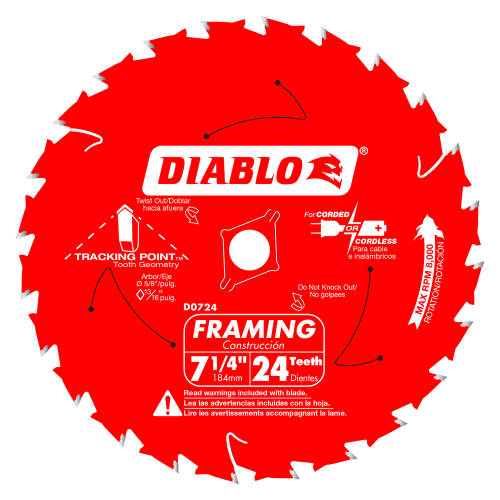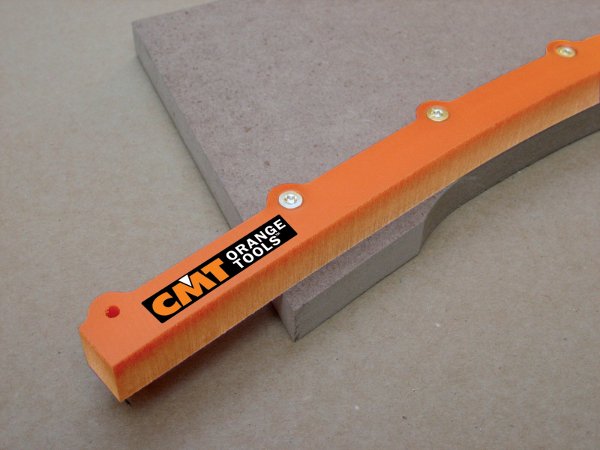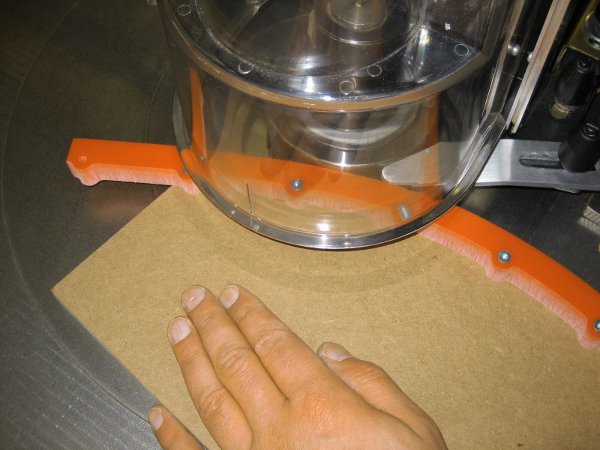In the realm of structural engineering, a truss is a fundamental and essential component that plays a pivotal role in supporting and distributing loads across various structures. A truss can be thought of as an assembly of straight members connected at joints, designed to efficiently bear external forces. From bridges and buildings to cranes and even simple roof structures, trusses are versatile engineering marvels that offer both strength and stability.
Understanding Trusses
At its core, a truss is defined as a framework composed of beams, typically arranged in triangular units, connected at joints. This triangular arrangement is crucial because it distributes forces evenly and prevents the truss from collapsing under load. This design principle can be attributed to the inherent stability of triangles, which do not easily change shape unless the lengths of the sides are altered.
Key Elements of a Truss
Chords
Chords are the primary horizontal members in a truss, forming the top and bottom of the structure. They play a vital role in resisting bending and axial loads. The top chord is often subjected to compression forces, while the bottom chord typically experiences tension forces. These chords work in tandem to maintain the stability of the truss.
Webs
Webs, also known as diagonals or braces, are inclined members that connect the top and bottom chords. They primarily bear tension or compression forces diagonally, enhancing the truss's load-bearing capacity and overall rigidity.
Joints
Joints, often referred to as nodes, are the points where the members of the truss intersect and connect. The stability and integrity of the truss depend on the strength and stability of these joints. The joints ensure that the members remain securely connected and transmit forces effectively.
Connectors
Connectors, such as bolts, welds, or gusset plates, are used to join the members at the joints. The choice of connectors can significantly impact the truss's overall strength and durability.
Types of Trusses
Trusses come in various types, each tailored to specific structural requirements and architectural designs. Some of the common types include:
King Post Truss
The king post truss features a central vertical post that supports the center of the structure, making it suitable for shorter spans such as in roofs and bridges.
Howe Truss
The Howe truss employs diagonals that slope towards the center, providing exceptional stability and load-bearing capacity. It is commonly used in bridges and railway structures.
Pratt Truss
In the Pratt truss, the diagonals slope outward, transferring tension forces to the outer supports. This truss type is often used in buildings and bridges.
Warren Truss
The Warren truss is characterized by diagonals that form alternating triangles. This design efficiently distributes loads and is commonly found in truss bridges and industrial structures.
Applications of Trusses
Trusses find application in a wide range of structures due to their versatility and efficiency. Some notable applications include:
Roofing Systems
Trusses are widely used in residential, commercial, and industrial buildings to create stable and cost-effective roofing systems.
Bridges
Truss bridges are a common sight worldwide, spanning rivers, valleys, and highways. Their design allows for long spans and high load-bearing capacities.
Cranes
Industrial cranes often incorporate truss structures to support heavy loads and provide a stable working platform.
Towers and Masts
Trusses are used in the construction of communication towers, transmission line towers, and other tall structures that require both strength and stability.
In the world of structural engineering, a truss is a foundational element that embodies the principles of strength, stability, and efficiency. Whether in the form of a roof over our heads, a bridge connecting two shores, or a towering mast reaching for the sky, trusses continue to shape the way we build and interact with the world around us. Understanding the different types of trusses and their key elements provides insights into the art and science of creating structures that stand the test of time






